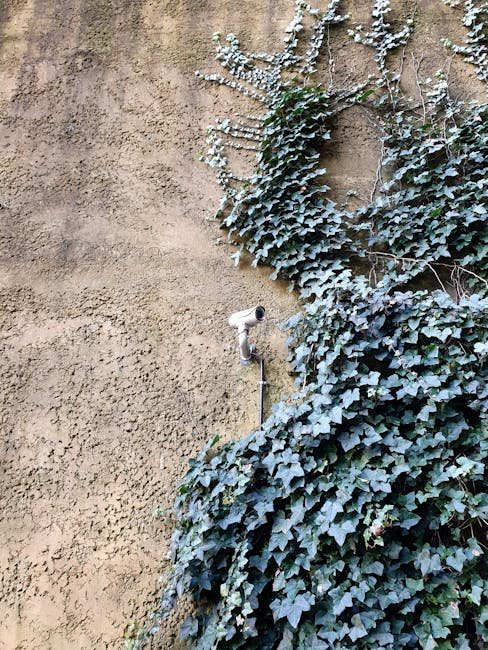The government hopes to legislate to shift the Building Safety Regulator (BSR) away from the Health and Safety Executive (HSE) by the end of the year, but the move will only be the start of a process that could take years, it has been claimed.
HSE chief executive Sarah Albon told the regulator’s AGM last week that the Ministry of Housing, Communities and Local Government (MHCLG) was looking to begin the legislative process before the end of 2025.
In June it was announced that the BSR would be removed from under the HSE’s umbrella to report directly to a shadow board inside the MHCLG, chaired by former London Fire Brigade commissioner Andy Roe.
It is planned that the BSR will become part of a single construction regulator, as recommended in the Grenfell Tower Inquiry phase-two report.
The government previously said legislation to create the single construction regulator would be brought forward “later in the parliament” after a prospectus for its design is released this year
Albon said: “I think they’re hoping to bring about secondary legislation this side of Christmas, probably only just this side of Christmas, which will transfer the legal responsibility for transferring HSE’s current legal functions into the new body.
“But that’s going to be the beginning, really, of a transition process.
“Shortly after that, the staff in HSE that form the core part of BSR functions will themselves be transferred to the new agency, but we’re expecting in HSE to continue to provide some of the corporate service functions that support that for some time to come.”
Albon said the setting up of the standalone BSR would take place “gradually over a period, over months and years”.
She compared the process to the creation of the Office for Nuclear Regulation, which was formed in 2011 within the HSE’s structure, before being spun out as an independent organisation in 2014.
The HSE chief executive said it took nearly 10 years to completely separate the organisations’ respective IT systems.
Albon added that the experience of setting up the BSR had been “really positive” for the HSE and had gone “really well”.
The BSR has been criticised by developers over delays in processing applications for buildings classed as higher-risk. Latest figures show that 1,019 applications remained open at the end of March, up from 763 at the end of December.
Asked by Sheemah Khan, from the Greater London Authority, about what plans the HSE had in place to ensure applications received an outcome within the eight-week statutory period, the BSR’s outgoing head, Philip White, instead pointed to the need for the industry to improve its drafting.
White – who leaves his post next month – said nearly 70 per cent of applications were being rejected or invalidated at the first or second stages due to mistakes and omissions by those writing them.
He welcomed the recently released guidance from the Construction Leadership Council on the process and added that, as of 4 August, the BSR was creating internal multidisciplinary teams for new-build applications, partly to try to aid communication with local authorities and fire services.
“If that is successful, we’re then going to roll that out to remediation contracts,” he said.
Lower-risk applications will also be assessed by inspectors qualified to class 2, White added, freeing up the higher-risk work for those qualified to class 3.
“We’re doing what we can; the challenge for industry in its broadest sense – not just developers but also those that advise them – is to prepare good-quality applications,” he said.
White is set to be replaced as head of the standalone BSR by London Fire Brigade deputy commissioner Charlie Pugsley.


